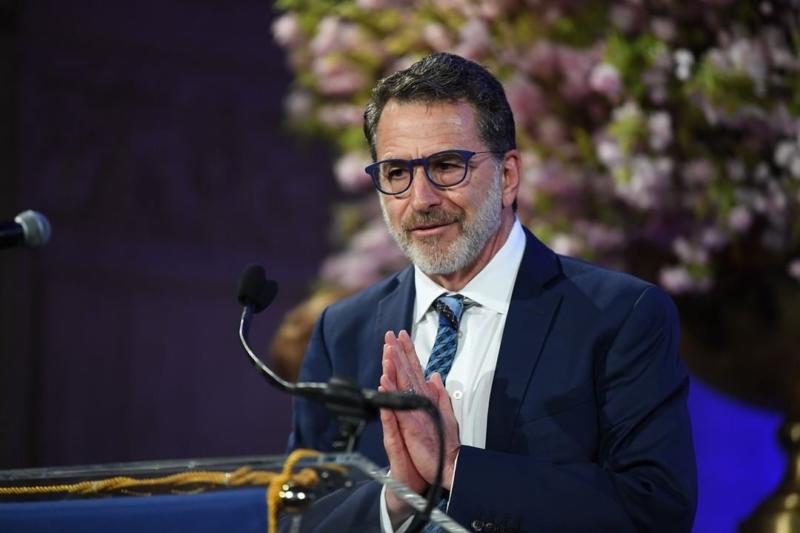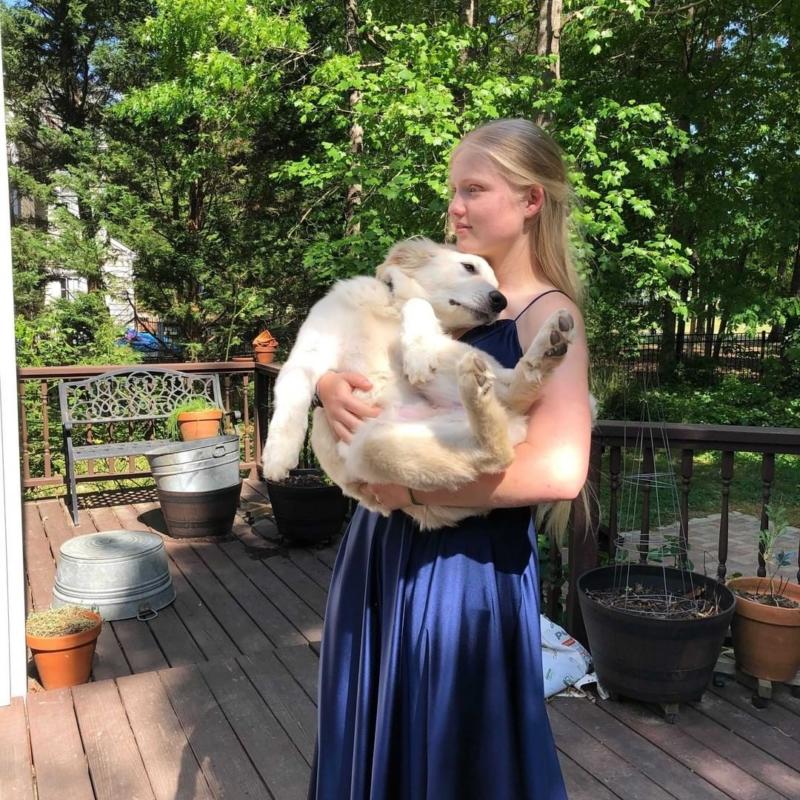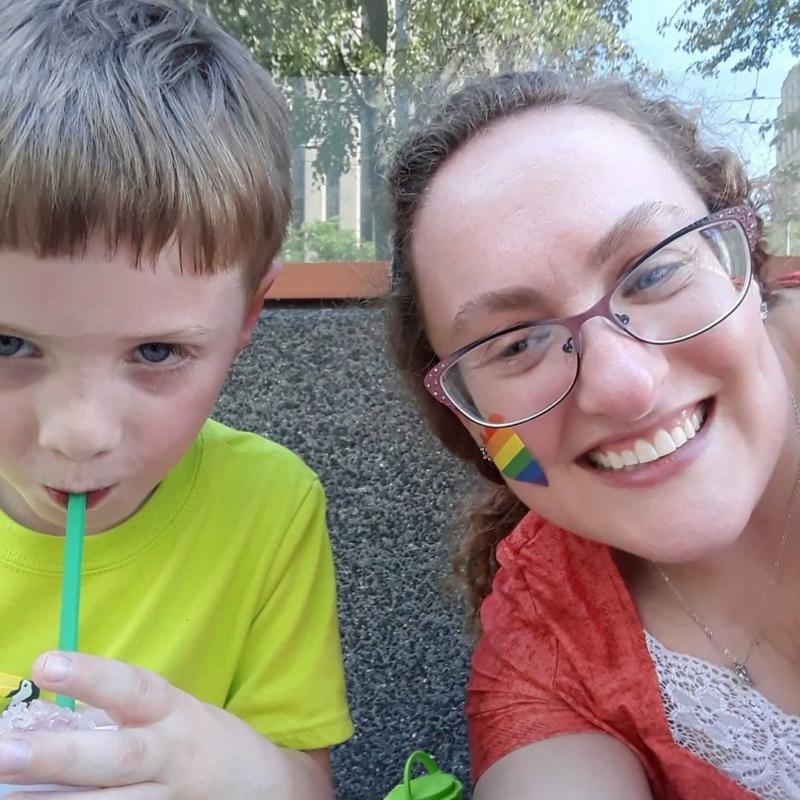Stories from LGBTQIA+ Members of the T1D Community

I’d like to tell you a bit about my journey. First, you have to understand something about me: as a lifelong hypochondriac, I always only ‘thought’ I got diseases. So imagine my surprise being diagnosed as a diabetic not once, but twice.
The first time was in 2014, right after my 55th birthday when I was diagnosed as Type 2. Then two years later in 2016 I was re-diagnosed as a Type 1.
I’ll never forget sitting in the office of my new Endocrinologist when he leaned over his desk and said those words that I feared. “You are a Type 1 Diabetic.”
As he pulled out two boxes he said:
“You inject yourself with this every morning, and you inject yourself with this at every meal.”
I asked “For how long?”, thinking he’d say for a week, a month… And he looked at me straight and said …“for the rest your life!” That’s when the gravity of being Type 1 began to sink in.
What I eventually came to understand is that taking my daily shots would be the easiest part of managing this disease.
My New Normal
I was scared to be alone in the early days, and not sure if I would wake up in the morning. After two years of finger pricks, I finally started to use technology (reluctantly) to help manage my Blood Glucose numbers. I remember my first night wearing my Dexcom sensor —which would wake me up if I went low overnight. I explained to my husband Patrick that we were in this together, and explained how when a sensor goes off I may need his help, especially if I’m experiencing a low, scared that I would sleep thru my alarm. Sure enough, that first night, my sensor went off and I hear Patrick wake up and say “ALEXA OFF!” and go back to sleep.
But in all seriousness, my husband has been incredible, and he is just one of the many people whose support has helped me successfully manage living with Type 1 diabetes.
I struggled those first few weeks after diagnosis. I would go out with friends, unable to tell them the truth about my diagnosis, and hiding the fact that I was taking insulin. I felt isolated, alone, scared. I felt I had no future, no ‘normal’ life ahead of me. But these feelings were somewhat familiar, reminding me of a time, 35 years earlier, when I was struggling to come out as a gay kid.
This feeling of isolation —that once I ‘disclose’ who I am I will forever be ‘branded’ by others. I didn’t want to be thought of as Type 1, just as I didn’t want to be thought of as Gay. But coming out back in the 80s taught me some powerful lessons that I would use on my diabetic journey.
Author: Peter Friedfeld
Editor’s note: This content originally published by our partners at Beyond Type 1. Brought to you by the JDRF – Beyond Type 1 Alliance.
 Meet Hattie!
Meet Hattie!
“I have been T1D for 15 years of my 17 year old life. I was diagnosed when I was two years old and don’t know any other way of life than being diabetic. I figured out that I identified as gay sometime in middle school and that wasn’t as hard for me as I know it is for other people. I figured that it was who I was and there was no changing it. Some people might not understand and that was okay, as long as I stayed true to myself and I was happy. It brought a lot of sense of individualism because while I knew that there were other diabetics through programs like Camp Kudzu and my endocrinologist, but I didn’t know any out and proud gay diabetics. So to my knowledge there was no one in the world like me. Now I realize that I am not alone in this, and there are so many more people like me.
One thing that the queer community and the diabetic community both do really well is inclusion. Both groups understand what it is like to not be like those around them and therefor understand the power of acceptance. Since I was diagnosed so young I never thought to be proud of being a diabetic. It was always just something I had to do, something that was incredibly normal to me. But having the gay community with me I learned that it is important to recognize those bits of you that make you different, and to be proud of them. As being diabetic grew harder and I became more and more independent I realized that being proud of myself and my diabetes was just as important as being proud for being gay. It is important to step back and look at yourself and remember that you are your own unique individual with their own personal struggles and triumphs who deserves to be proud of themselves.
In learning to be proud of me being gay I also learned to be proud of me being diabetic. I learned that in what makes us different can also make us stronger and through community we all can feel supported and loved.”
 Meet Becca!
Meet Becca!
“I identify as queer and also am a T1D. My story in coming out as queer is akin to my story as coming out as T1D, in that I felt a bit like I wasn’t 100% a part of the community because I didn’t share the same outright struggles. As a T1D, I wasn’t diagnosed upon a sudden hospitalization or blood sugar episode; I was somewhat self-diagnosed after reading “The Truth About Stacey” – the third book of “The Baby-Sitters Club” series about Stacey McGill, a T1D pre-teen – and realizing I had many of her symptoms. Once I was officially diagnosed, I quietly started taking shots where no one could see until I was confident enough to admit to my friends that I had diabetes and started wearing an insulin pump.
Similarly, I realized I was queer after attending a Safe-Space training where I heard there was a term for someone who wasn’t heterosexual, wasn’t homosexual, and yet didn’t feel the bisexual label fit either. I finally felt that I had a label that encompassed my attractions and preferences so perfectly, though I had hidden my past feelings toward and relationships with women. However, I was married to a cisman and the Safe-Space training was in a mutual workspace. After conversations with my husband and some LGBTQAI+ folks, however, I felt free enough to express my sexuality and, eventually, my history in terms of attraction and hidden relationships. I now proudly display my label in my office, on my Facebook page, and as a member of Safe-Space panels.
My husband supports me as a T1D and as a queer woman, explaining both to folks who ask him and standing up for me when I have backlash about either (“she shouldn’t be eating that cake” or “she’s not queer; she’s married to you and you have a child together!”). I couldn’t be either confidently without his love and care.
Happy Pride Month– may we be forevermore supported and cared for as we should!”
#TheirStoriesAreOurStories